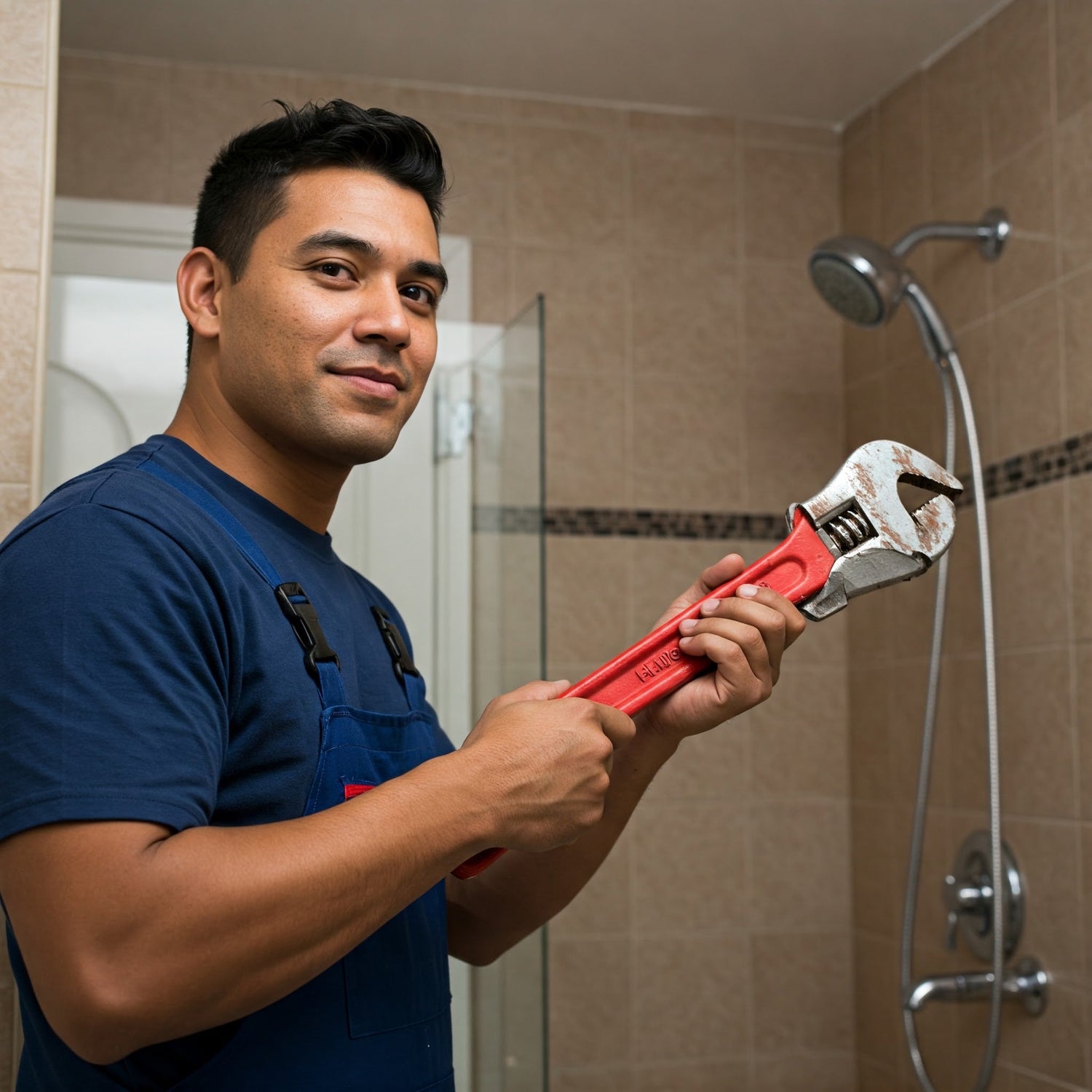Do you find yourself taking shorter showers than you'd like because of a weak water pressure? Or maybe you're just tired of the trickle coming out of your showerhead. If so, you're not alone. Low water pressure in the shower is a common problem that can be caused by a variety of factors. In this blog post, we'll discuss some of the most common causes of low water pressure in showers and offer some solutions to help you get the refreshing shower experience you deserve.
What Causes Low Water Pressure in Showers?
There are a number of things that can cause low water pressure in your shower. Here are a few of the most common:
- A partially closed valve: One of the most common causes of low water pressure is a partially closed valve. This can happen if the valve is accidentally turned off too far or if there is debris in the valve.
- A clogged showerhead: Over time, mineral deposits can build up in your showerhead and restrict water flow. This is a common problem in areas with hard water.
- A leaky pipe: If you have a leaky pipe somewhere in your plumbing system, it can reduce water pressure throughout your home, including in your shower.
- A restricted water main: If the water main that supplies your home is restricted, it can also cause low water pressure. This is a common problem in older homes or in areas with a lot of development.
How to Fix Low Water Pressure in Your Shower
If you're dealing with low water pressure in your shower, there are a few things you can do to try to fix the problem. Here are a few tips:
- Check the valves: Make sure that all of the valves in your plumbing system are fully open.
- Clean your showerhead: If your showerhead is clogged, you can try cleaning it with vinegar or a commercial descaling solution.
- Check for leaks: If you suspect that you have a leaky pipe, you should call a plumber to inspect your plumbing system.
- Consider a water pressure booster pump: If you have very low water pressure, you may need to install a water pressure booster pump.
Choosing the Right Showerhead for Low Water Pressure
If you have low water pressure, it's important to choose a showerhead that is designed for low-pressure applications. There are a number of different types of low-pressure showerheads available, so you should be able to find one that meets your needs.
When choosing a low-pressure showerhead, there are a few things to keep in mind:
- Flow rate: The flow rate of a showerhead is measured in gallons per minute (GPM). A typical showerhead has a flow rate of around 2.5 GPM. However, low-pressure showerheads typically have a flow rate of around 1.5 GPM.
- Spray pattern: Low-pressure showerheads typically have a narrower spray pattern than standard showerheads. This is because they need to use less water to maintain a good pressure.
- Price: Low-pressure showerheads are typically more expensive than standard showerheads. However, they are a worthwhile investment if you have low water pressure.
Additional Tips for Improving Shower Water Pressure
In addition to choosing the right showerhead, there are a few other things you can do to improve your shower water pressure:
- Take shorter showers: This may seem like a no-brainer, but taking shorter showers can help to conserve water and improve your overall water pressure.
- Install a water-saving showerhead: Water-saving showerheads use less water than standard showerheads, which can help to improve your water pressure.
- Check your plumbing system for leaks: If you have a leaky pipe, it can reduce water pressure throughout your home.
- Consider installing a water pressure booster pump: If you have very low water pressure, you may need to install a water pressure booster pump.
By following these tips, you can enjoy a more refreshing shower experience, even if you have low water pressure.





